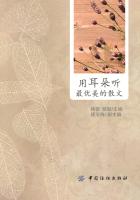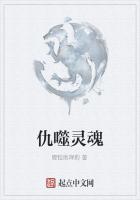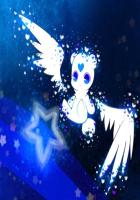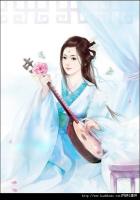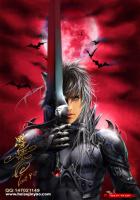In Hans" old mill his three black cats Watch the bins for thieving rats.
Whisker and claw, they crouch in the night, Their five eyes smouldering green and bright.
Squeaks from the flour-sacks, squeaks from where The cold wind stirs on the empty stair,Squeaking and scampering everywhere. Then down they pounce, now in, now out, At whisking tail and sniffing snout;While lean old Hans he snores away Till peep of light at break of day.
Then up he climbs to his creaking mill; Out come his cats, all grey with meal- Jekkel, and Jessup, and one-eyed Jill.
-Walter de LA Mare
About the Author.-Walter DE La Mare was born at Charlton, in England, in 1873. He has written many poems for young children and for grown-up children, full of pictures and fancy and music and movement, and a children"s monkey story The Three Mulla Mulgars.
His books of poems are called Songs of Childhood (1902), The Listeners (1912), and Peacock Pie (1913); all his poems were published in one book in 1920, and in two small volumes, called Poems Old and New, the poet has selected his best children"s poems. Many of his poems seem to have come straight from dreamland. He has also written novels and short stories.
About the Poem.-Why is the poem called "Five Eyes"? Read the poem aloud. Which line sounds the best? Which has a ghostly sound? Which line best suggests quiet watchfulness? Which best suggests quick movement?
Suggestions for Verse-speaking.-Divide the poem up into speaking parts for the cats, the rats, and Hans. The cats speak lines 1 to 4, 8 and 9, 13 and 14. If there are three "cats," they can divide the last line. The rats speak lines 5 to 7, and Hans speaks lines 10 to 12. When speaking the poem, show with your voices the difference between the quiet watching of the cats, the scampering of the rats, and the sudden pouncing.


